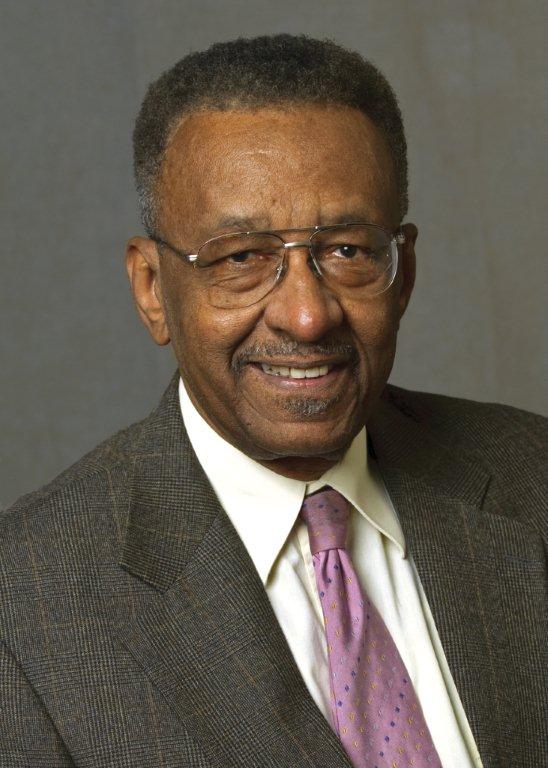It’s not at all uncommon to watch a college basketball game and see that 90 to 100 percent of the players are black. According to the University of Central Florida’s Institute for Diversity and Ethics in Sport report titled “The 2008 Racial and Gender Report Card,” the percentage of black male basketball players in Division I was an all-time high at 60.4 percent. It was 45.9 percent in football and 6.0 percent in baseball.
Diversity is worse in professional sports. In the National Basketball Association, almost 82 percent of the players are people of color, higher than last year’s 80 percent. This is the highest percentage of players of color since the 1994-1995 season. The percentage of black players increased to 77 percent from last year’s 76 percent mark. The percentage of Latinos remained constant at 3 percent. Football diversity is not much better. During the 2008 NFL season, the percentage of white players remained constant at 31 percent while the percentage of black players increased slightly from 66 to 67 percent. Casual observation shows that most sports lack sex diversity. Segregation by sex is the rule rather than the exception.
One can understand the absence of concern for diversity in professional sports; they are in it just for the money. But one is left flummoxed by the lack of sports diversity in college sports. After all, you can’t listen to any college president or provost speak for more than five minutes before the word “diversity” drops from his lips. Colleges take diversity seriously and they spend tens of millions of dollars on it. Juilliard School has a director of diversity and inclusion; MIT has a manager of diversity recruitment; Toledo University, an associate dean for diversity; Harvard, Texas A&M, California at Berkeley, Virginia and many others boast of officers, deans, vice presidents and perhaps ministers of diversity. But, in what appears to be the height of deviousness and deceit, these diversity-driven administrators allow sports, the most visible part of the college, be the least diverse and least inclusive.
Let’s look at George Mason University, where I’ve taught in its distinguished Economics Department for 29 years.
According to university race/ethnic statistics, its campus consists of: 7 percent blacks, 7 percent Hispanics, 12 percent Asians, 43 percent white and miscellaneous others. If there were true basketball diversity, we would see at least two white players, and one each Asian, Hispanic and black on the starting five. I don’t watch GMU basketball, and have no idea of whether our starting five looks like America, but I’d bet the rent money that our Office of Equity and Diversity has failed at producing basketball diversity.
You say, “Williams, the reason blacks dominate basketball and football is that they are better than whites.” Careful! That’s an attitude that could win you a charge of racism. It differs little from suggesting that the reason why not many blacks are nuclear physicists is because they are not as good as whites. It should be remembered that diversity creed holds that we are all equal and would be proportionately represented by race across all activities but for the fact of discrimination and oppression.
Basketball, football and nuclear physics aren’t the only areas of our lives sorely lacking diversity and proportional representation. American men are struck by lightning six times as often as American women. Men are about 54 percent of the labor force but suffer more than 90 percent of job-related deaths. Cervical cancer rates are five times higher among Vietnamese women in the U.S. than among white women. Pima Indians of Arizona have the highest diabetes rates in the world. Prostate cancer is nearly twice as common among black men as white men. Half of all Mexican wives are married in their teens while only 10 percent of Japanese wives are married that early.
These and many other statistics about racial differences suggests that there will be full employment for people in the diversity business for decades to come.
Walter E. Williams is a professor of economics at George Mason University. To find out more about Walter E. Williams and read features by other Creators Syndicate writers and cartoonists, visit the Creators Syndicate Web page at www.creators.com.
COPYRIGHT 2010 CREATORS.COM
